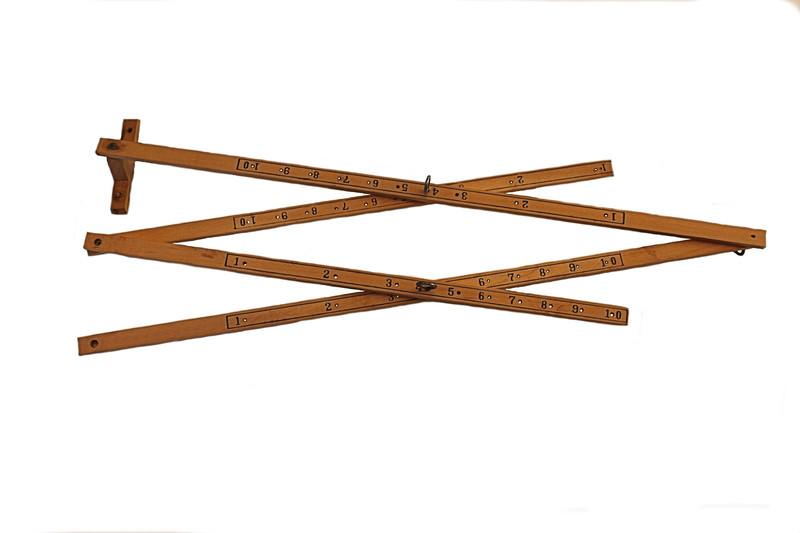A pantograph, first invented in the early 1600s, was used to make exact copies before there were any Xerox machines around. It’s a simple mechanical device made up of four bars linked together in a parallelogram shape.
Here’s how it works: by simply tracing an object with the pointer, the pantograph makes a copy larger or smaller depending on which point you attach your pen and pointer.
Some pantographs were adjustable – meaning that they could change their pivot points to adjust the size of the copies.
We’re going to make one of these to see how geometry can really be used in the real world. Are you ready?
Please login or register to read the rest of this content.


Yes, just like shown in the video. Hold the paper still on the table with tape and trace over it.
do you hold it in the same place it you want to make it bigger???